Solar H-alpha imaging and observing with a 35 mm Lunt
Lunt is known for its solar telescopes. I got one of them for a test - the smallest from H-alpha Lunts - 35mm Deluxe. It's a scope for observing and imaging the Sun in the H-alpha band. There are actually two 35 mm Lunts - standard and deluxe. The Deluxe version comes with few extras: solar finder, dovetail with rings, eyepiece and slightly wider blocking filter in the diagonal. Here what's in the box:
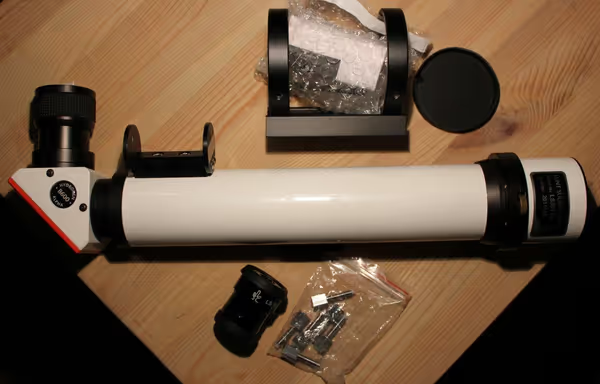
The Deluxe package has the whole set required for observing (or imaging) - except of the mount. If you want to use a photo tripod or you want to piggyback it on another telescope you can use the 1/4" photo tripod thread on the OTA (but note that it's quite short and longer photo screws won't lock the scope). If you want to put it on a standard astronomical mount then use the provided vixen dovetail with rings. Also holders for bigger finder scopes can be used. TS 50 mm fiderscope holder rings have the same diameter as the Lunt rings.
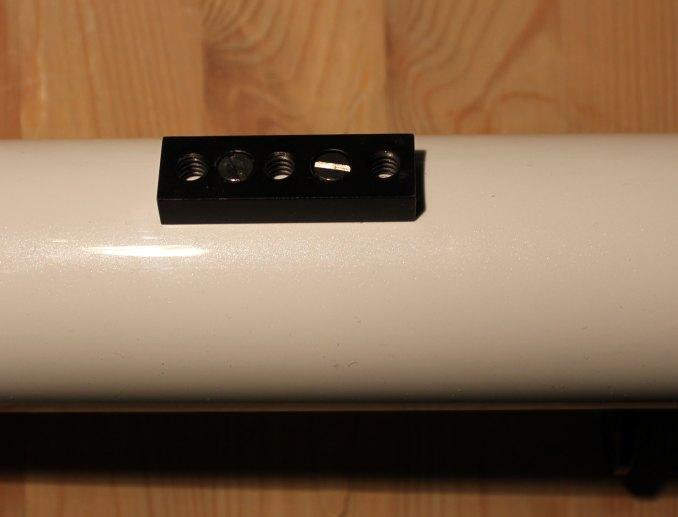
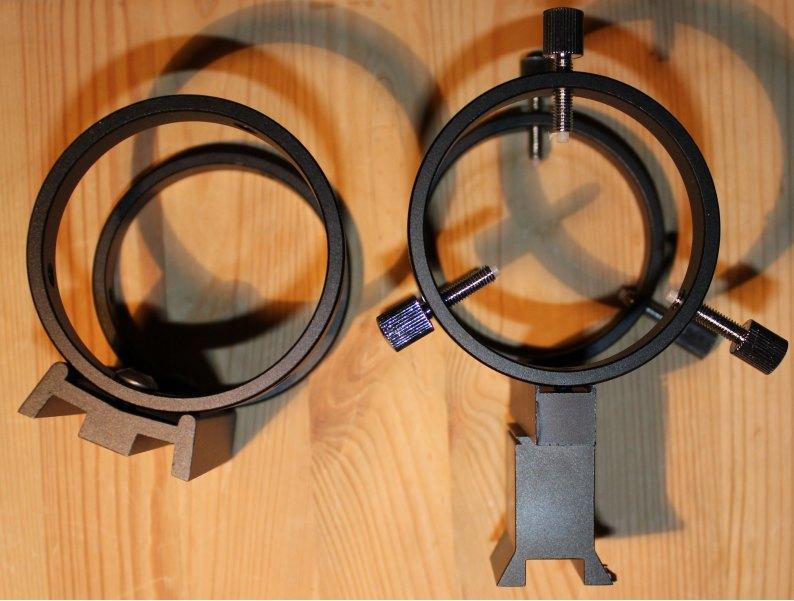

The telescope diagonal has a special blocking filter (cuts infrared) and is an integral part of the teleskope. You can however rotate it as you like. On the diagonal end you will find a 1,25" helical focuser. You can move up and down the eyepiece holder by revolving it around.
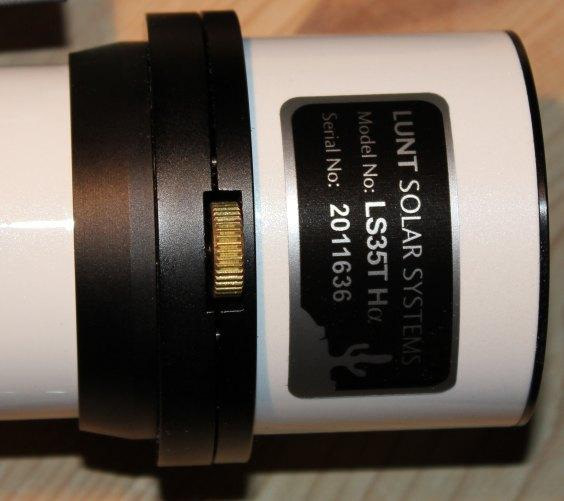
On the OTA front you will find a small wheel that can be turned back and forth by some degree. It changes Sun appearance - on one side prominences will be visible nicely, on the opposite side - granulation. You can set the view as you like, but don't try to move the wheel with to much force (as you can be already on the limit of its movement range).
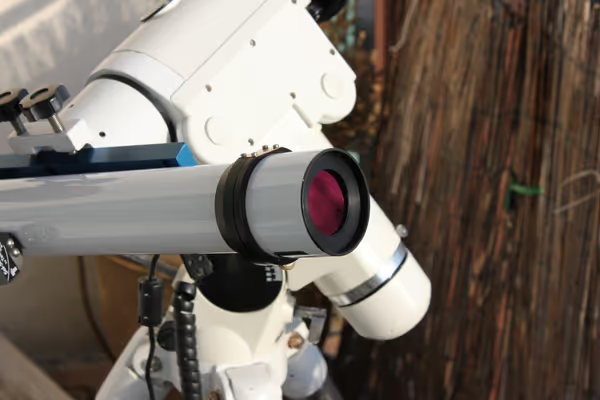
Solar observations with a H-alpha Lunt telescope are quite easy. Put the eyepiece in the diagonal and point the scope at the Sun (that's only for H-alpha solar scopes, don't do this with other scopes!). If you have the solar finder then the Sun will appear as a dot on the finder back surface. Make the dot appear centered on it and you will have the Sun within the scope field of view. If you don't have the solar finder move the scope/mount by hand to the area where Sun is and try to find it by looking through the telescope at the same time - if you see it - lock scope axis. At start the Sun may be out of focus, but still it should be a nice red ball.
You focus with the helical focuser by moving the eyepiece up or down with it. If the eyepiece focus quite high you may move it partially out of the eyepiece holder and lock it again.
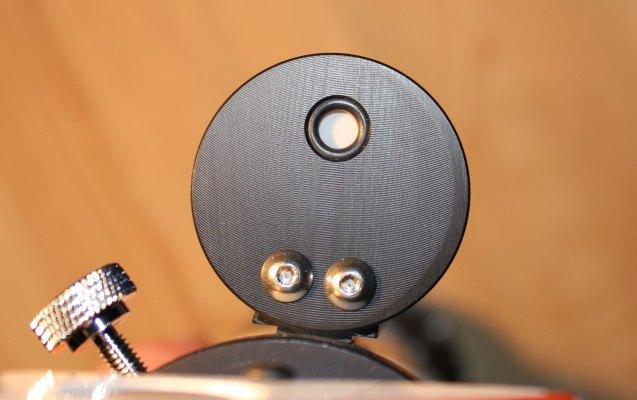
Solar H-alpha astrophotography
Visually Sun is nicely red or dark red. For planetary/solar mono cameras it will be very very bright - so bright that usually you will use lowest gain and ultra short exposures. Some DS cameras are good too (like those with Sony CCDs). If a camera overburns the Sun on the shortest exposure it can use then you will need an extra ND filter to make the image dimmer.
With the 35mm Lunt there was a problem with camera focus - it was to low. To focus cameras with this Lunt I used a GSO 1,25" 2x Barlow. It has a lens that uses 1,25" thread and can be threaded into camera nosepiece (giving around 1,5x). As all Barlows do it will move the focus point up allowing the camera to focus. Of course stronger Barlows can be used too.

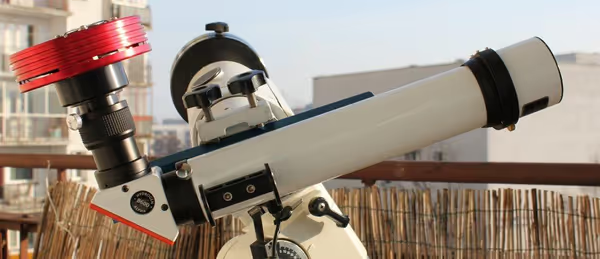
As you can see on the image above Atik isn't fully in the eyepiece holder. The focus point is higher than the helical focuser can move up. I move the focuser up nearly to it highest position (but not max) and then I start moving out the camera from the holder while looking on the camera live view. When it reaches focus I locked the camera and do fine focusing by small movements of the helical focuser (you can't move it a lot as camera cables will start twisting).
For AVI stacking I used Registax 5.1 (R6 went crazy with the alignment). It works correctly when you give him a big area of the Sun - with no edges. The alignment square must nicely follow the initial area.

And here are some example Lunt 35 mm images:
















Comment article